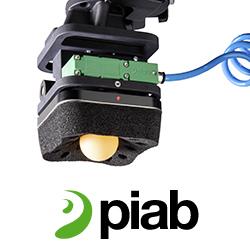Reliable Quality Inspection of Plastics With Autonomous Machine Vision
10 Factors Warehouse Managers Should Consider for Goods-to-Person Fulfilment
Robotics Designed for Harsh Environments
Why Use Offline Robot Programming Software and How to Get Started
Parcel: A Lower-Cost Way To Automate Last-Mile Delivery Hubs
Could Cobots Be the Answer to the Welder Shortage?
Robot Control: Using Native Programming Language or an External Controller?
Standards, Guidelines & Industry Best Practices for Industrial & Collaborative Robots
The Ultimate Guide to GPU Computers
Democratising Automation - the Benefits of No-code Robotics
Robots: from Automated to Autonomous
Robotic Washdown in Food-Handling Environments
Variance and Volume Advantageously Combined One of a Kind in Series
Choosing the Right Encoder for Your Robot
Why Some Smaller Manufacturers Never Get Started With Automation
Records 466 to 480 of 2005
First | Previous | Next | Last
Featured Product

